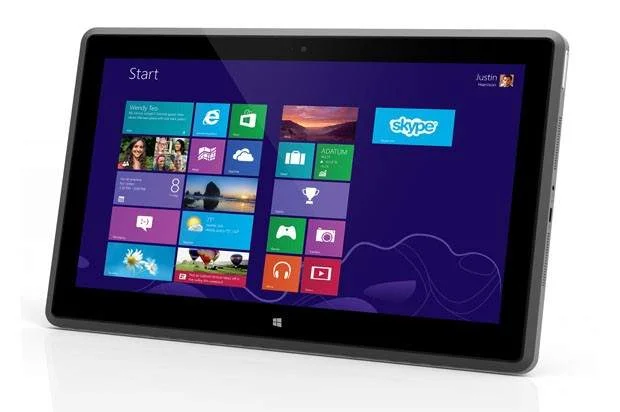AMD is moving beyond – although obviously not abandoning – the stalwart PC in an effort to bolster revenue in a computer market that is increasingly focused on smartphones and tablets.
The industry heavyweight’s APUs (accelerated processing units) are expected to take center stage, as the company eyes the lucrative mobile space which is currently dominated by ARM’s RISC-based chips.

So it comes as little surprise that AMD recently hired two senior engineers with previous experience at Qualcomm and Apple.
According to Reuters, Charles Matar, an expert in low-power and embedded chip design and former Qualcomm employee, is now AMD’s VP of System-on-Chip (SoC) Development.
Meanwhile, Wayne Meretsky, who apparently was involved in designing processors for iOS devices was named VP of software IP development for the company’s chips.
Interestingly, both Matar and Meretsky worked at AMD earlier in their careers, and their arrival coincides with the recent hire of chip master Jim Keller, who joined the company as chief architect in August last year.
Although AMD rep Drew Prairie confirmed the hires were brought on to help the chipmaker expand into new markets, he declined to provide additional details.
It should be noted that AMD has significantly reorganized its ranks following the appointment of CEO Rory Read in 2011. To be sure, the corporation laid off some 15 percent of its workforce this past October in an effort to streamline operations.
As Reuters notes, AMD hopes to increase sales in markets such as communications, microservers, digital signs and stripped down “thin client” computers, with non-PC markets expected to account for approximately 50% of the company’s revenue in three or four years.
As such, Matar will focus on designing APU SoCs, or “system on a chips,” which are used to power smartphones, tablets and embedded devices.
Indeed, the Temash APU – targeted at tablets and hybrid laptops running Windows 8 – remains on track to ship during the first half of 2013. Meanwhile, the Kabini APU, also slated to ship in early 2013, will offer an increase of up to 50% in performance for laptops without sacrificing battery life.
AMD can also be expected to take advantage of its (ATI) Radeon graphics technology, which will likely pose a challenge to ARM’s Mali GPU and Imagination Tech’s PowerVR GPU at some point in the not too distant future.






